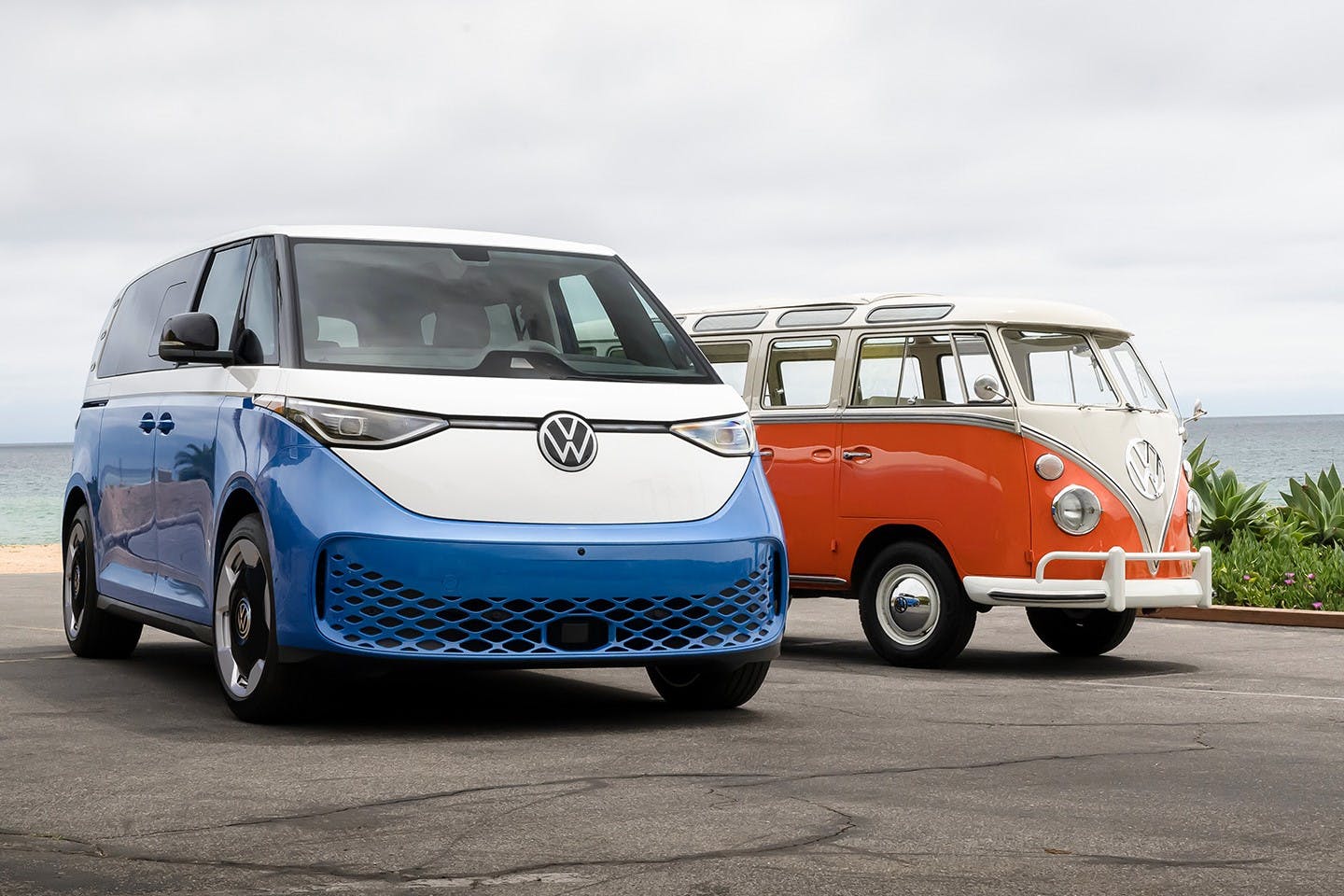
The History of the Volkswagen Bus: From Counterculture Icon to Modern Classic
The Volkswagen Bus, also known as the VW Type 2 or Microbus, has a rich history that spans over 70 years. Beloved for its distinctive shape and cultural significance, the VW Bus is more than just a mode of transportation—it’s a symbol of freedom, adventure, and nostalgia. In this post, we’ll explore the fascinating history of the Volkswagen Bus, from its early beginnings to its modern-day electric revival.
Origins: The Birth of the VW Type 2
The Volkswagen Type 2 was introduced in 1950 as a follow-up to the wildly successful Volkswagen Beetle (Type 1). The idea was born from Dutch VW importer Ben Pon, who sketched a simple van design based on the Beetle’s platform. Volkswagen engineers brought the concept to life, and the result was a utilitarian, rear-engine vehicle with a unique boxy design.
Early versions, known as Split Window Buses, featured a split front windshield and were used widely for commercial purposes in Europe. Their affordability and versatility soon made them popular among families, tradespeople, and eventually, free-spirited travelers.
The 1960s and 70s: The Hippie Movement and Cultural Icon Status
The Volkswagen Bus became an icon of the 1960s counterculture movement in the United States. Painted in psychedelic colors and often adorned with peace signs and flowers, the VW Bus was the vehicle of choice for the hippie generation. It represented anti-establishment ideals, communal living, and the desire to explore life beyond societal norms.
The Bus’s roomy interior and camper configurations—especially the Westfalia camper vans—made it ideal for road trips and festivals like Woodstock. During this time, the VW Bus solidified its status as a symbol of freedom and rebellion.
Evolution and Redesign: From T2 to T6
As time went on, the VW Bus underwent several redesigns:
- T2 (1967–1979): Known as the “Bay Window” Bus, this version had a single-piece windshield and improved performance.
- T3 (1979–1992): Also called the Vanagon in the U.S., the T3 offered better handling, water-cooled engines, and modern features.
- T4 to T6 (1990s–Present): These models became more van-like, with front engines and updated styling. Though less iconic in design, they retained the versatility and spirit of the original.
While newer versions moved away from the classic look, they continued to be popular with van-lifers, outdoor enthusiasts, and European families.
The Electric Comeback: The ID. Buzz
In 2022, Volkswagen unveiled the ID. Buzz, a fully electric reinterpretation of the classic Microbus. Built on VW’s electric MEB platform, the ID. Buzz combines retro styling with modern technology, appealing to a new generation of eco-conscious drivers.
The ID. Buzz marks Volkswagen’s commitment to sustainability while paying homage to its beloved past. With features like autonomous driving capabilities, sustainable materials, and advanced connectivity, the ID. Buzz is set to become a staple in the electric vehicle (EV) market.
Iconic Legacy
From its humble post-war beginnings to its rise as a cultural icon, and now its rebirth as an electric vehicle, the Volkswagen Bus has remained a beloved symbol of freedom and innovation. Whether you’re a vintage van collector or a tech-savvy driver eager for the next big thing in EVs, the VW Bus continues to inspire adventure.








